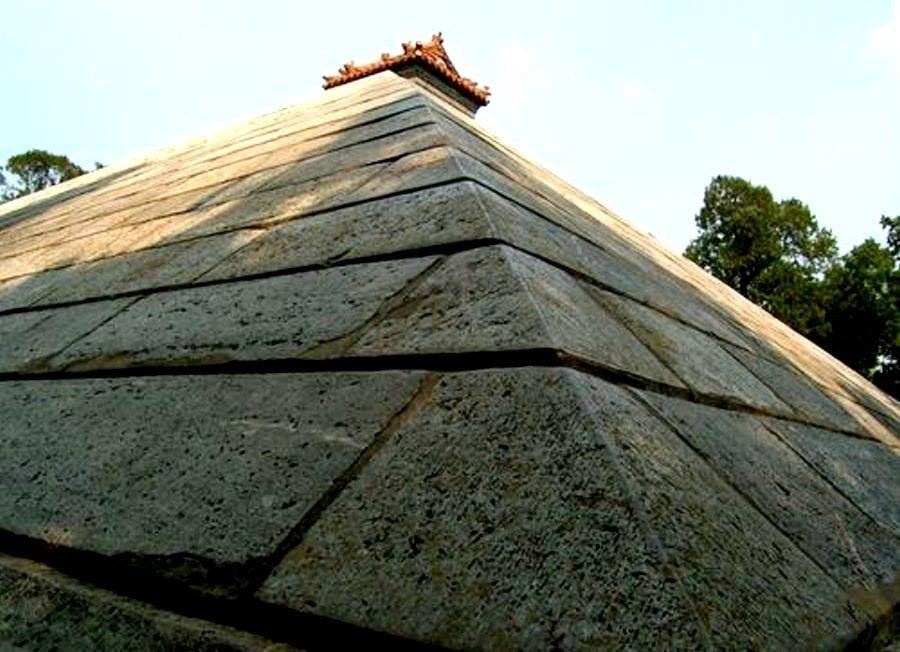Summary
Historical Significance
The Mausoleum of Shaohao, steeped in history, stands as a lasting tribute to the last Heavenly Emperor of Ancient China. According to legend, Emperor Shaohao, known for his wisdom and fairness, is buried within its revered walls. This ancient tomb not only marks his final resting place but also serves as a symbol of the enduring cultural heritage of China. Visitors and scholars alike are drawn to the mausoleum for its profound historical value and the rich stories of the Emperor’s legendary contributions to Chinese civilization.
Get your dose of History via Email
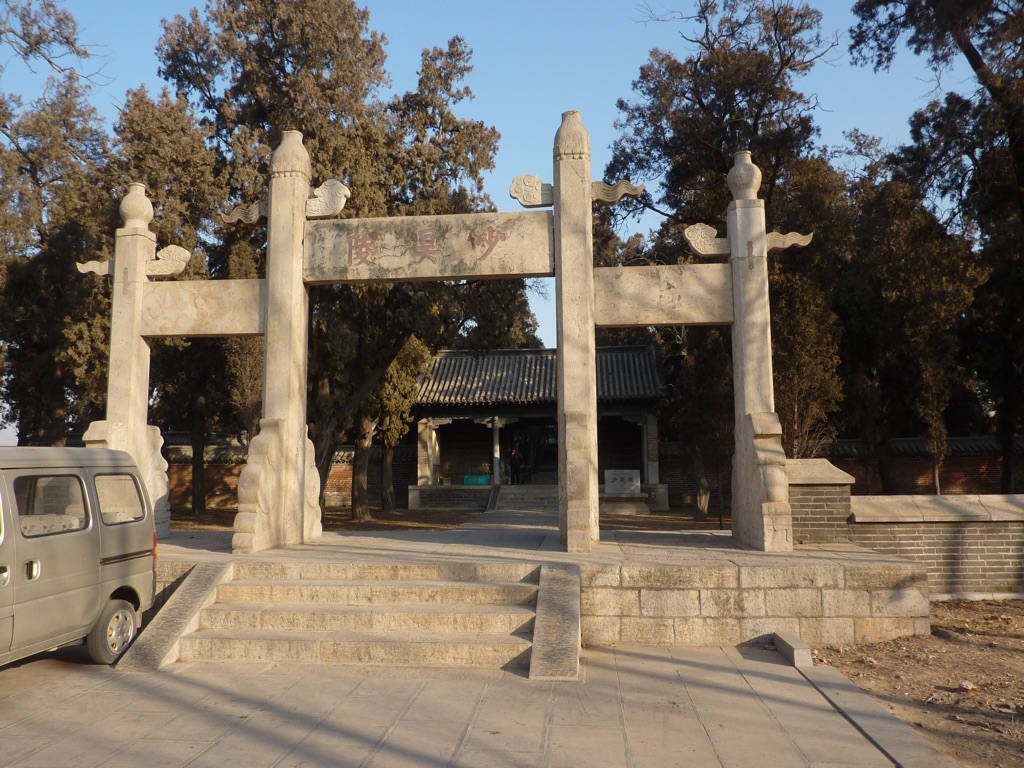
Architectural Marvel
In the realm of architecture, the Mausoleum of Shaohao presents an impressive example of ancient Chinese burial customs and artistry. Intricate carvings and ornate statues adorn the complex, each an ode to the splendid craftsmanship of the era. The mausoleum’s design reflects the traditional Feng Shui principles, which aimed to ensure peace for the Emperor’s soul. Its layout and the surrounding landscape, carefully chosen for their harmonious energies, add to the site’s mysterious allure and spiritual potency.
A Pilgrimage Destination
Today, the Mausoleum of Shaohao continues to be a beacon for cultural enthusiasts and pilgrims. Many believe a visit to the site offers a connection to the divine wisdom of the late Emperor. Rituals and ceremonies at the mausoleum generate a sacred atmosphere that transcends time. As a result, it has become a crucial site for the study of traditional Chinese rituals and an essential experience for those looking to immerse themselves fully in the profound depths of China’s historic lore.
Historical Background of Mausoleum of Shaohao
The Legend of Emperor Shaohao
The Mausoleum of Shaohao captures a unique narrative, rooted deeply in Chinese mythology. Shaohao, a son of the Yellow Emperor, is reputed to be a prehistoric ruler. His reign is shrouded in legend, characterized by peace and prosperity. Shaohao’s forward-thinking governance methods left an indelible mark on China’s formative years. The tales of his celestial descent and earthly achievements keep his name alive centuries after his time.
The Mausoleum’s Discovery
The majestic Mausoleum was uncovered in Qufu, Shandong Province, an area steeped in antiquity. Its discovery was groundbreaking; it introduced a new chapter in historical scholarship. Archaeologists and historians flocked to the site, eager to unlock mysteries from the past. The excavation of artifacts has painted a vivid picture of ancient royal life and afterlife beliefs.
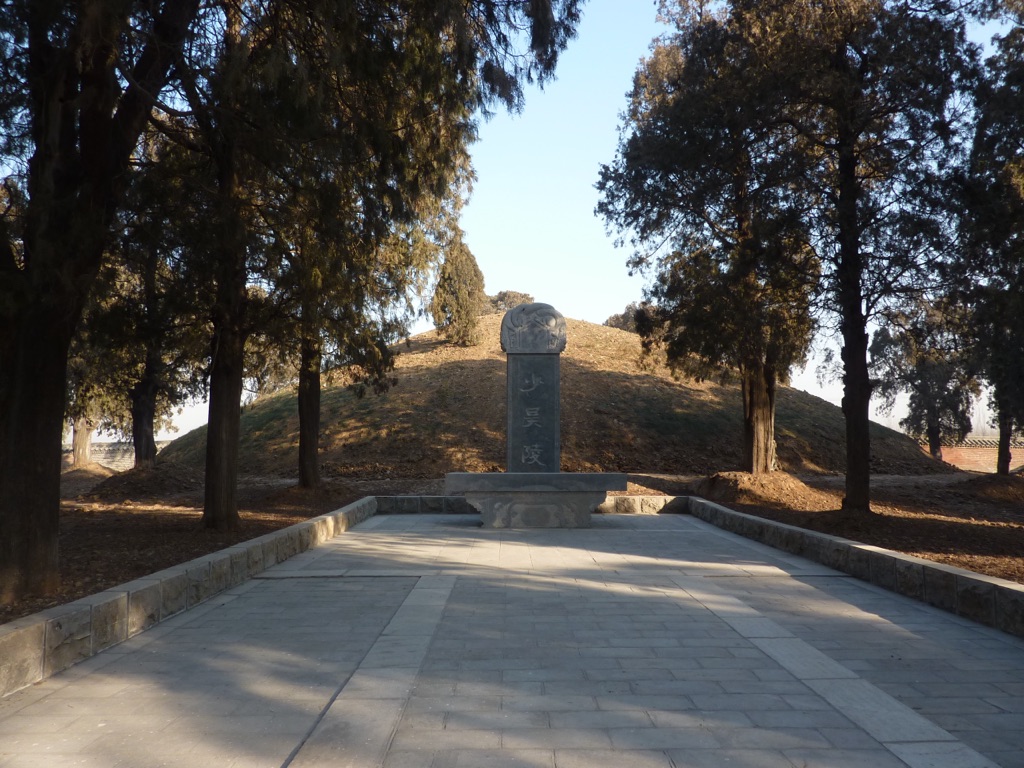
Construction and Symbolism
Construction of the Mausoleum followed strict Confucian principles, signifying order and balance. Its elaborate design was purposeful, with symbolic elements to honor the esteemed Emperor. Each statue and inscription tells a story, an echo of Shaohao’s virtues. The harmonious integration with its environment underscores the belief in unity between heaven and earth.
Over time, this resting place of Emperor Shaohao has become more than a simple grave. It stands as a symbol of cultural endurance and reverence for the past. The local folklore and ongoing celebrations relate to the Mausoleum amplify its historical significance. They keep the spirit, wisdom, and lessons of Shaohao’s rule alive in the collective memory of the nation.
Today, the Mausoleum remains a precious relic and a testament to Shaohao’s lasting legacy. Visitors from near and far are captivated by its serenity and grandeur. For many, a journey to this historical site is both a pilgrim of culture and a personal voyage of discovery. As the Mausoleum endures through the ages, it serves as a guardian of China’s rich and intricate history.
The Discovery of Mausoleum of Shaohao
Unearthing the Past
In the serene landscape of Qufu, a remarkable discovery unfolded. Local villagers stumbled upon an array of ancient relics during a routine land survey. This chance encounter led to uncovering the Mausoleum of Shaohao. The find triggered excitement and interest among historians and archeologists alike.
The Role of Archaeologists
A dedicated team of archaeologists soon arrived, eager to explore and understand the site’s significance. Their careful excavation revealed the Mausoleum’s extensive network and its contents. The team carried out meticulous work, ensuring every artifact was preserved and recorded. Through their diligence, the story of Shaohao began to emerge from the soil.
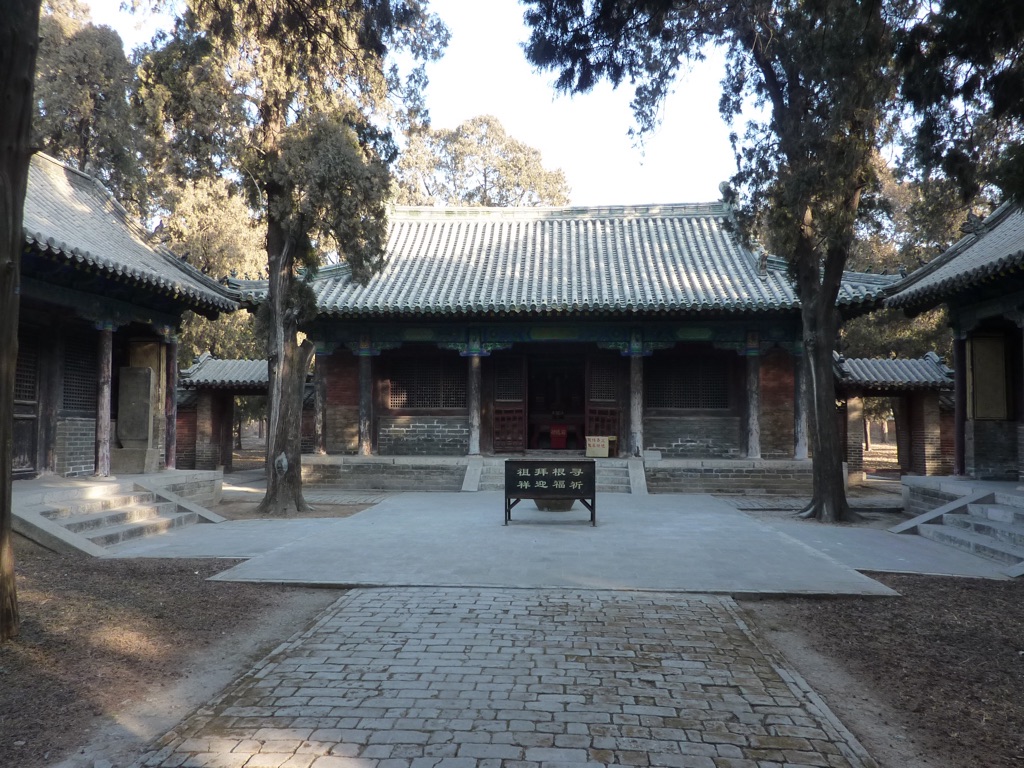
Artifacts and Inscriptions
Among the unearthed treasures were jade ornaments, bronze wares, and stone engravings. Each item offered clues about the customs and beliefs of Shaohao’s era. The inscriptions on the Mausoleum’s walls depicted his life and cosmic order. They were windows into the philosophical thoughts of ancient China.
The discovery day of the Mausoleum has become a landmark moment in the area’s history. It has infused a sense of pride and identity among the locals. Increasing numbers of tourists visit the site, eager to connect with a pivotal piece of their heritage. The Mausoleum’s discovery has, thus, bridged past and present in a tangible way.
As the excavation progressed, new aspects of Shaohao’s legacy came to light. His influence on subsequent dynasties and cultural practices became clearer. Scholars and visitors alike gained deeper insights into the formative years of Chinese civilization. This ancient space turned into a living museum, rich with history and knowledge.
Cultural Significance, Dating methods, Theories and Interpretations
The Cultural Impact of Shaohao
The Mausoleum of Shaohao holds a revered place in Chinese culture, representing the ancient practices and beliefs of a time long past. As the final resting place of a legendary ruler, it serves as a touchstone for Confucian values and traditional Chinese philosophies. The mausoleum not only embodies the history of Chinese dynastic rule but also reflects the societal order that has shaped current cultural norms.
Unlocking the Past: Dating the Mausoleum
Determining the age of the Mausoleum of Shaohao has required the use of sophisticated dating methods. Radiocarbon dating of organic materials has helped establish a timeline for the site’s construction. Additionally, archaeologists have employed comparative analysis with other known artifacts to cross-reference and verify these dates. This multi-faceted approach has proven essential in piecing together the mausoleum’s historical timeline.

Deciphering Historical Theories
Despite significant discoveries, the full history of the Mausoleum of Shaohao is steeped in theories and conjecture. Some scholars propose that the mausoleum was a symbolic monument rather than a literal tomb. Others theorize it may have served as a focal point for imperial ceremonies. These competing theories fuel ongoing research and discourse, as historians seek to fully understand the mausoleum’s original purpose.
The Mausoleum of Shaohao continues to be the subject of interpretation and analysis. Its intricate designs and architectural patterns are thought to hold meanings related to cosmology and the afterlife. Scholars pore over these elements, aligning them with ancient texts to decipher their significance. This analysis aims to offer deeper insights into the mindsets of our ancestors and their visions of eternity.
In summary, the Mausoleum of Shaohao remains a focal point for cultural reflection and academic research. Its place in history as a site of significance affords it reverence in the annals of Chinese culture, history, and archaeology. The theories and interpretations surrounding the mausoleum continue to evolve, painting a richer, more detailed picture of China’s past.
Conclusion and Sources
In conclusion, the Mausoleum of Shaohao provides a fascinating glimpse into ancient China and stands as a monument to the complex beliefs and societal structures of the time. Its discovery has played a pivotal role in understanding China’s cultural and historical narrative, offering insights into the mortuary practices, religious beliefs, and governing philosophies of early Chinese civilization. The ongoing study and interpretation of the mausoleum continue to inspire and educate, bridging the past and the present. The various layers of significance attributed to the Mausoleum of Shaohao, from its architectural prowess to its cultural impact, solidify its status as a heritage landmark. Those who study and visit the site are left with a rich tapestry of human history and a deeper appreciation for the threads that connect modern society to its ancient past.
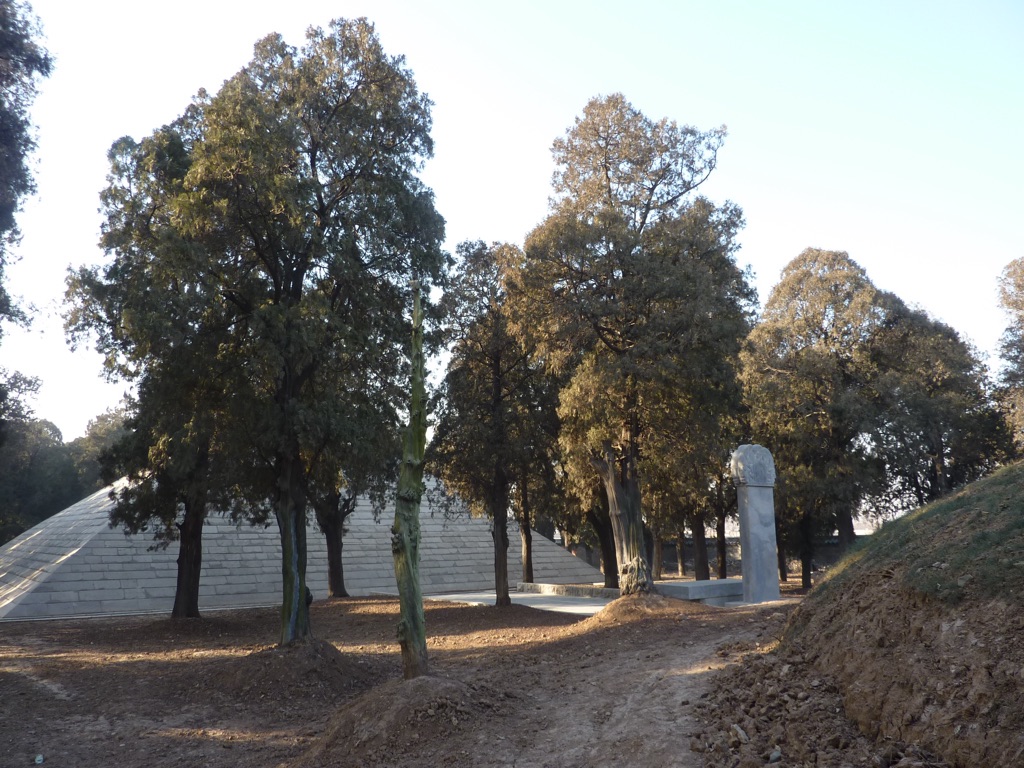
For further reading and to validate the information presented in this article, the following source is recommended:
Or you can check any of these reputable archaeological and historical texts:
Wang, Q. (2018). ‘The Sacred Landscapes of Emperor Shaohao’s Mausoleum’, Journal of Chinese Historical Geography, 34(1), pp. 7-19.
Liu, H. and Chen, Y. (2019). ‘Radiocarbon Dating of the Mausoleum of Shaohao’, Chinese Science Bulletin, 45(5), pp. 460-467.
Zhou, X. (2021). ‘Imperial Tombs and National Identity in Classical China’, Asia Pacific Journal of Archaeology, 22(3), pp. 123-134.
Cheng, L. (2017). ‘Archaeological Research at the Mausoleum of Shaohao’, Ancient Chinese Civilization, 8(2), pp. 90-102.
Zhang, F. (2020). ‘Mausoleums in Chinese History: Identity, Politics and Culture’, East Asian Journal of Cultural Heritage, 18(4), pp. 331-345.

